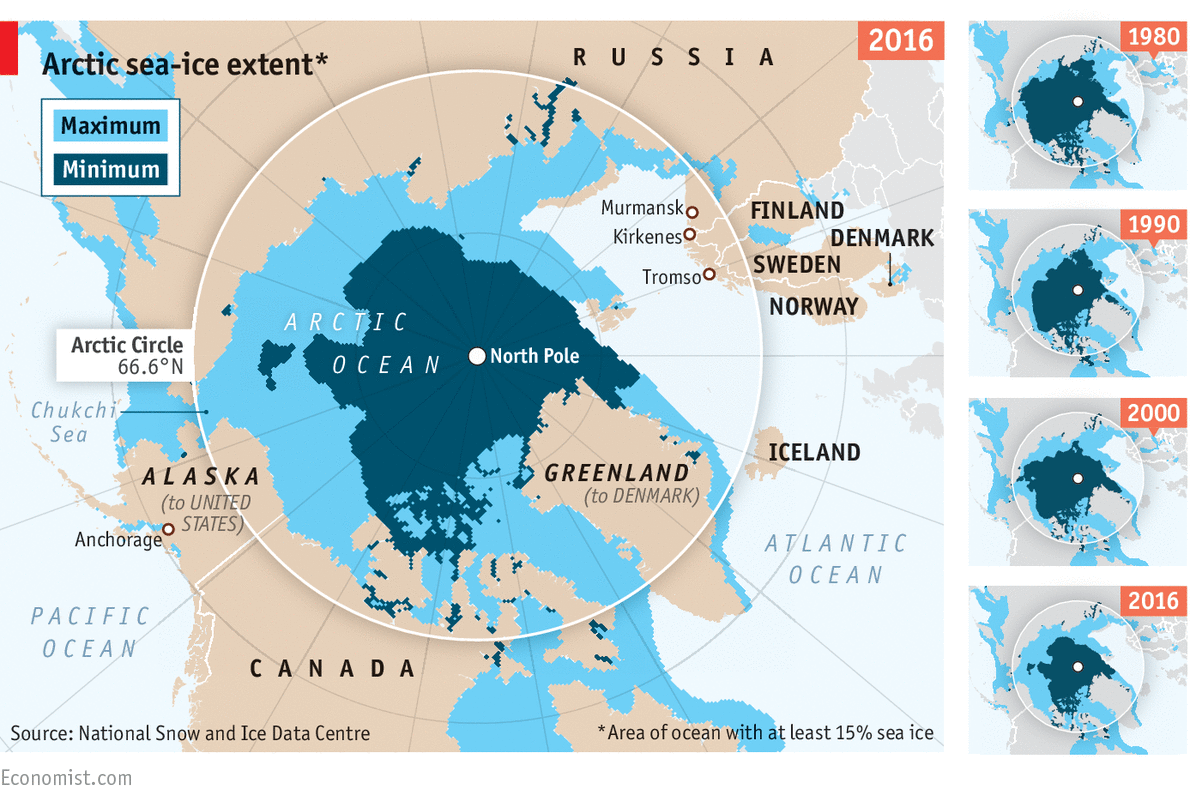900 319 0030
enquiry@shankarias.in
SEBI’s Measure to Increase Market Liquidity
SEBI
RBI Norms for NBFC’s
Role of Anti-cyclone in North-east Asia
Anti-Cyclone
Artic Sea
Decline in Artic Sea Ice

National Centre of Polar and Ocean Research
World Crocodile Day
Indian Crocodile Conservation Project
CrocBITE
Source: DTE, the Hindu